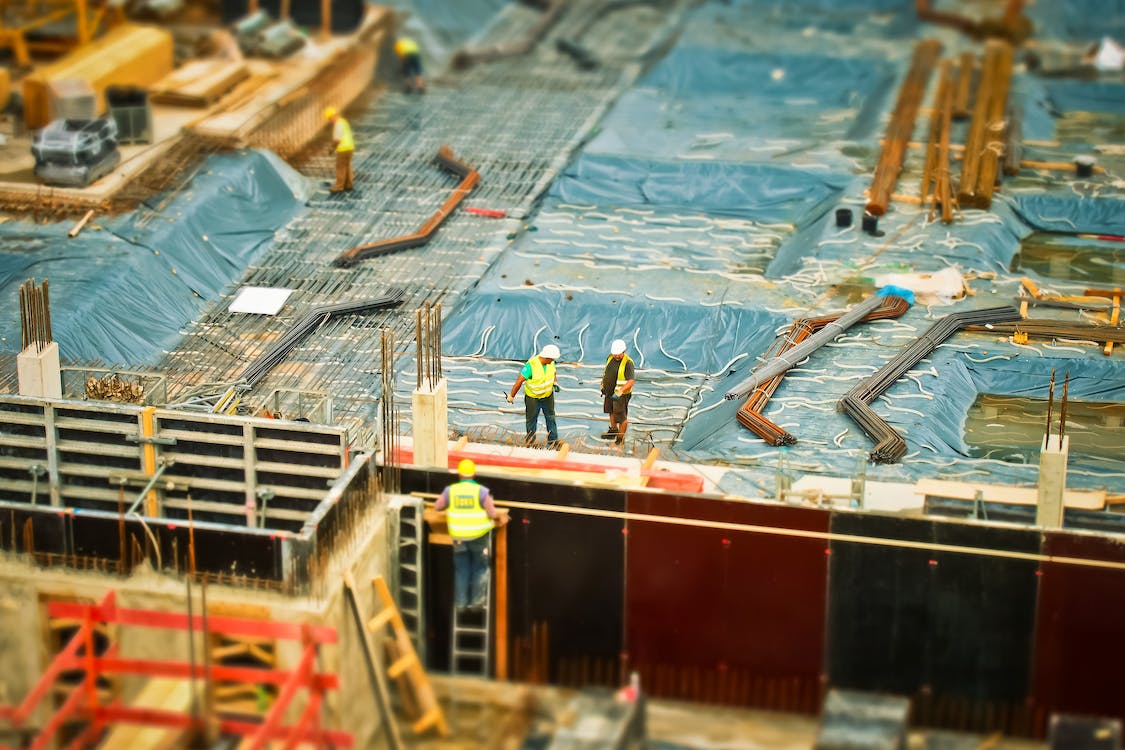A total of 1,008 construction workers died on the job in 2020. There’s no question that working in construction can result in falls, accidents involving heavy equipment, and electrocutions — all of which are just a few examples that underline the danger within the industry. From the prevalence of injuries and even death to how workers can pursue justice, here’s what you should know regarding safety — and how it can be improved.
Table of Contents
Injuries within the Construction Industry
Construction deaths due to falls, slips, and trips increased by 5.9% in 2021, according to the U.S. Bureau of Labor Statistics. Falls are one of the “Fatal Four” leading causes of construction deaths (which also consists of being struck by equipment, getting caught in between objects, and electrocutions, notes BigRentz). The Fatal Four highlights BigRentz, accounting for over 60% of all construction-related deaths, thus underlining the dangerous nature of working in the industry.
In New York (the most populous city in the US), injuries and fatalities related to construction in the city have increased, with injuries and fatalities have increased in 2022 compared to 2021, according to the 2022 New York City Construction Safety Report.
One Forbes Advisor post points out additional common injuries in construction accidents, which can range from broken bones, burns, and back injuries to spinal cord injuries, vision damage, loss of limbs, or illness due to chemical exposure — to point out just a few. Traumatic brain injury (also known as TBI) is another potential risk regarding injuries that can occur, underlining the heavy reality of the dangers involved.
Exploring the causes
Regarding the causes of many injuries that take place, the Occupational Health and Safety article notes that the majority of falls from heights occur “due to improper mounting and dismounting from equipment, uneven surfaces, improper ladder use, and the lack of property employing fall protection equipment.”
Slips/trips, on the other hand, are primarily caused “by spills, leaks, or misplaced items.” The OH&S post further highlights that despite the numerous regulations and protections in place, workers encounter a range of opportunities for accidents on the jobsite. “From scaffolds without proper guardrails and defective ladders to roofing hazards, many of these accidents are caused by improper training and equipment.”
From Lifelong Consequences to Legal Action
To highlight the danger and life-changing nature of injuries within the construction industry, one New York construction worker by the name of Alan Moonsammy was injured when installing an air conditioner condenser on a bulkhead rooftop at a Brooklyn construction project in August of 2017. Moonsammy fell off the bulkhead and landed on the rooftop ten feet below, states the BK Reader article.
The fall left Moonsammy with a damaged spinal cord, and he was paralyzed from the waist down. He is now in a wheelchair and requires constant medical care and assistance with daily activities.
After pursuing legal action, a Brooklyn jury determined that Mecca Contracting failed to provide the proper safety measures when the incident happened. On April 21st, the jury awarded Moonsammy $53,500,000 as a result, notes BK Reader.
For those who are injured on the job, pursuing a workers’ compensation claim against the employer (or using a third party who was responsible for the incident) can help in recovering payment for damages.
Following such an injury, enlisting the help of construction accident lawyers can aid in not only securing compensation for the damages done but can work to build a solid claim for your damages in various ways — such as by investigating the circumstances surrounding the accident and pursuing the maximum compensation for your damages via a settlement or in a trial.
Technology Advancements and Safety Culture
In regard to improving safety in the construction industry, advancements in technology highlight the potential for the future. Virtual reality (VR), for instance, is just one aspect of technology that can be used to benefit safety in construction.
Samantha B. Rego, communication and public relations manager of Vector Solutions states, “VR, video learning and microlearning apps are beginning to be used in the construction industry to train more effectively than ever before.”
Regarding accidents that involve forklifts in which the main cause is incorrectly trained operators, VR training can allow workers to practice working machinery in a safe environment — thus reducing the risk of injury and allowing for trial and error, notes the Business.com article.
Improving construction safety culture is another major way to reduce accidents and injuries. According to one Build article, there are several ways to do this — from simply reiterating safety as a core value to personalizing safety training.
Incorporating ‘Toolbox Talks’ is another suggestion, with the post stating that they are “the most effective methods to convey safety measures to Jobsite workers.”
It’s further suggested to use it as a weekly opportunity to inform the workers of general health and safety issues while encouraging workers to ask questions and provide feedback.
Injuries and even death within the construction industry bring to light the need for improvement regarding safety. From the value of technology to elevating safety culture in the workplace and on-site, improving safety is essential in order to protect the lives of workers throughout the country.





